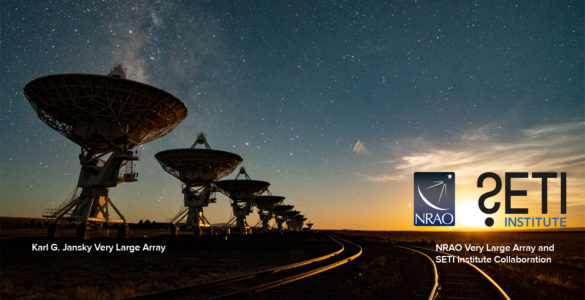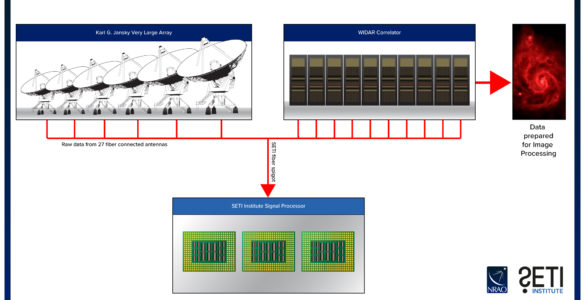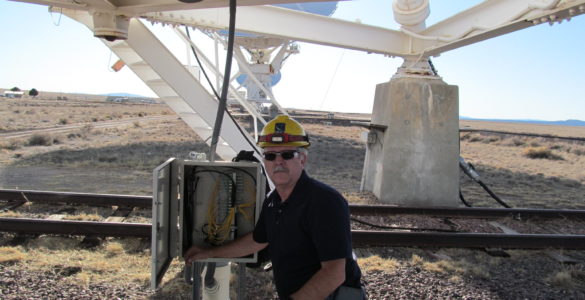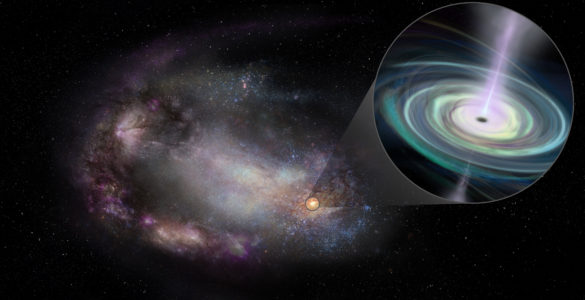Latest NRAO News
News is managed by NRAO News & Public Information. Questions about News? Have a story to share? Want to interview a scientist or create new media about our telescopes?

NRAO scientists are among the first American Astronomical Society members to receive the new honor of designation as “Fellows of the AAS.”

An international team of astronomers used ALMA and the VLA to create more than three hundred images of planet-forming disks around very young stars in the Orion Clouds. These images reveal new details about the birthplaces of planets and the earliest stages of star formation.

New technologies that enable new strategies are revitalizing the Search for Extraterrestrial Intelligence (SETI), by not only augmenting the traditional search for intelligently-generated radio signals but also allowing searches for other signs of life and technological activity.

NRAO and the SETI Institute will develop a new system to provide VLA data to an advanced signal processor that will seek to detect signs of extraterrestrial technologies.

NRAO servo technical specialist Bruce Mues is honored as Technician of the Year by international association.

Studies with the VLA indicate that roughly half of the massive black holes in dwarf galaxies are not in the centers of those galaxies. This gives astronomers new insights into the conditions in which similar black holes formed and grew in the early history of the Universe.





